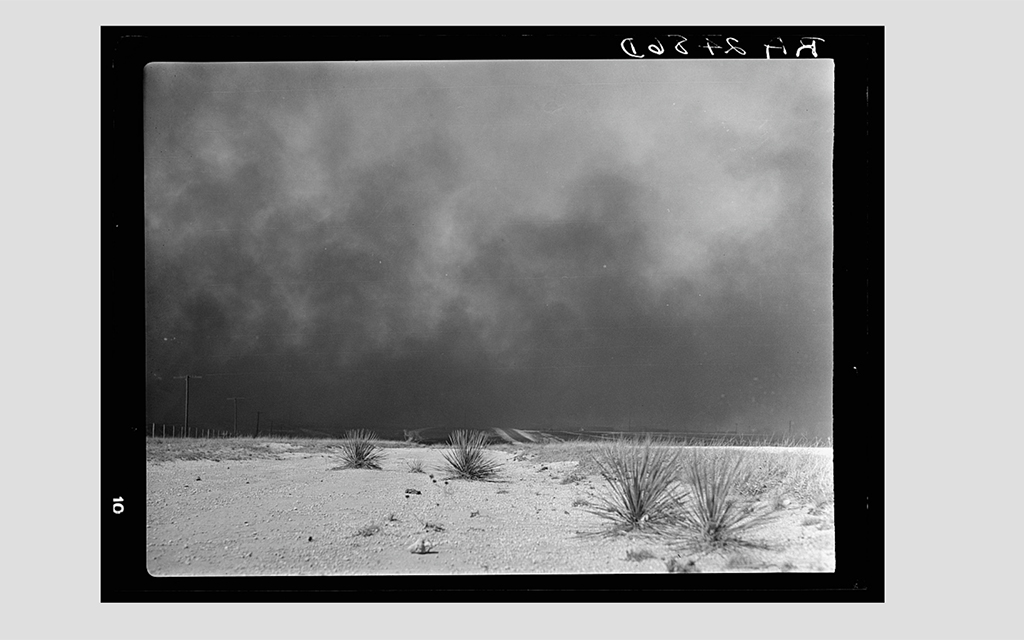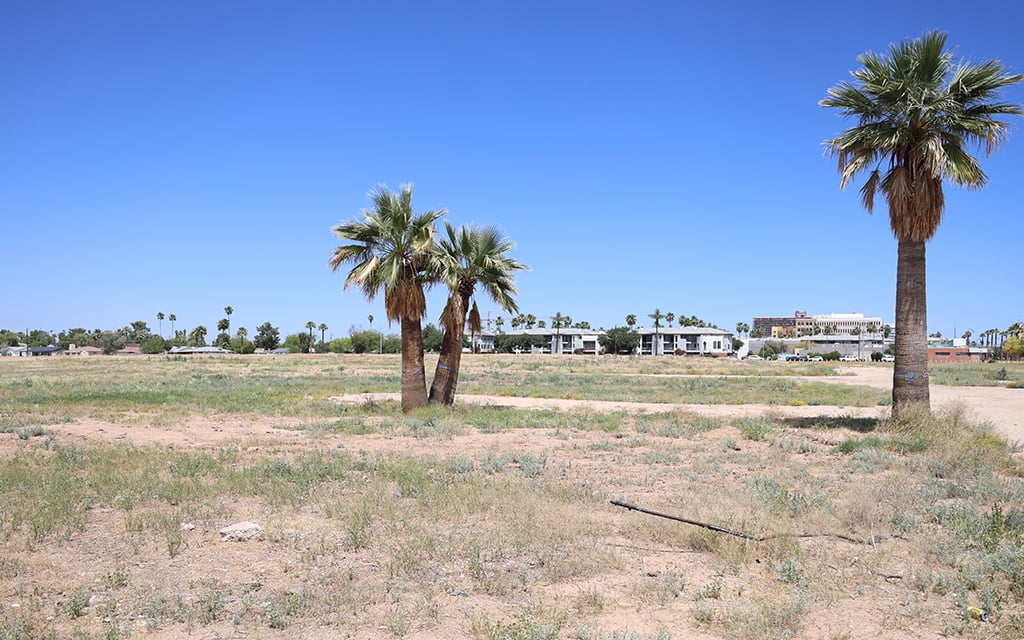
Heavy black clouds of dust rising over the Texas Panhandle, Texas in 1936. (Photo courtesy of Library of Congress, Prints & Photographs Division)
SAN JOAQUIN VALLEY, Calif. – Valley fever has been infecting people in the Southwest U.S., Central America and South America for decades.
“It’s not just (in Arizona). It’s also up and down the Western Hemisphere. There are pockets in Mexico, there are pockets in Central America,” said Dr. John Galgiani, director of the Valley Fever Center for Excellence at the University of Arizona.
In 1891, a medical student in Argentina came across a 36-year-old soldier with a fungal-like mass on his right cheek and elsewhere on his body. A year later, a migrant farm worker in the San Joaquin Valley in California showed up in Kern County with similar skin lesions caused by an unknown disease, which was later dubbed “Valley fever,” according to an article in the journal of Clinical Infectious Diseases.
The first public health record of Valley fever occurred in Bakersfield, California, in 1901, according to Kern County Public Health. Bakersfield is in the San Joaquin Valley, which gave the disease its name.
“In Bakersfield, they feel a personal attachment to this disease,” Galgiani said. “It was discovered in the San Joaquin Valley with faculty at Stanford.”
The disease is so prevalent in Bakersfield, that most of the residents have either had it or know someone who had it, Galgiani said.
A major study into the disease came when Midwestern farm workers moved to the San Joaquin Valley during the Dust Bowl in the 1930s, when drought dried the topsoil and winds blew the resulting dust into the air, according to Clinical Infectious Diseases. Other groups affected by exposure to the fungus include prisoners of war, Japanese internment victims and Army camps in Kern County, where the annual incidence of infection in 1941 and 1942 was 20% to 25%, according to Clinical Infectious Diseases.
Charles E. Smith, a medical student at Stanford University, studied the disease for seven years, even contracting it himself and discovering innovative ways to test for both disseminated and acute infections, according to the Clinical Infectious Diseases article.
As indicated in the Centers for Disease Control and Prevention map, Valley fever shows up in Arizona, California, Nevada, New Mexico, Texas, Utah and, recently, in the state of Washington.


